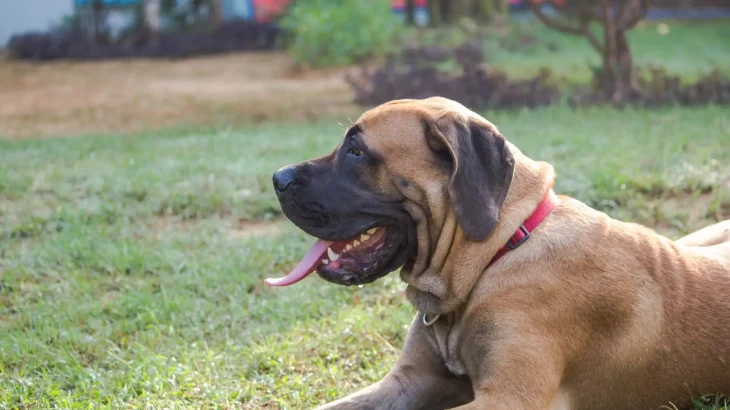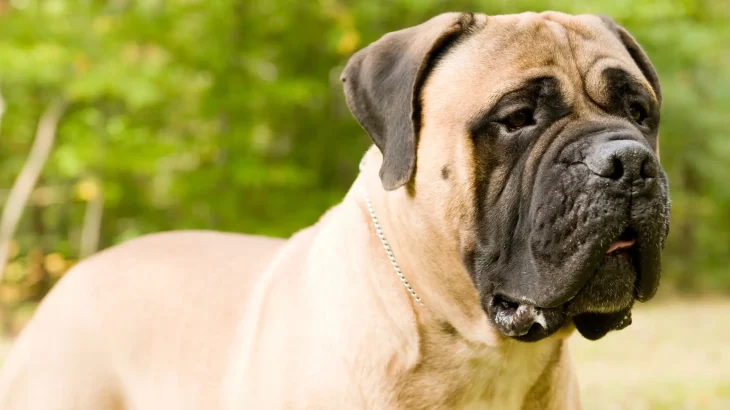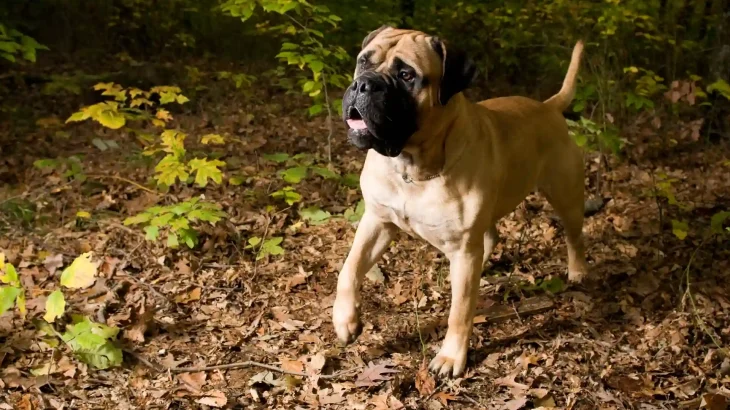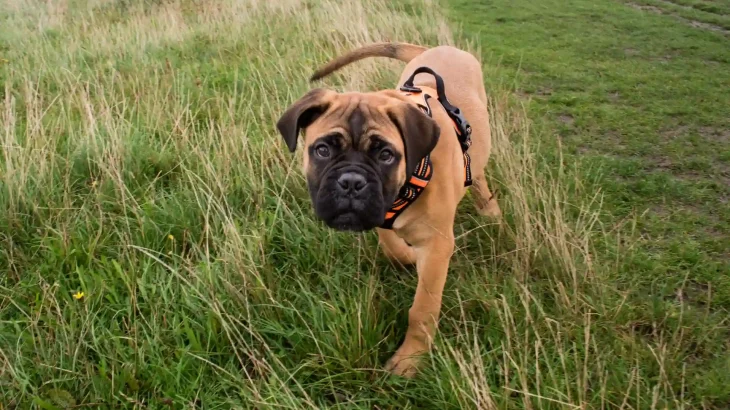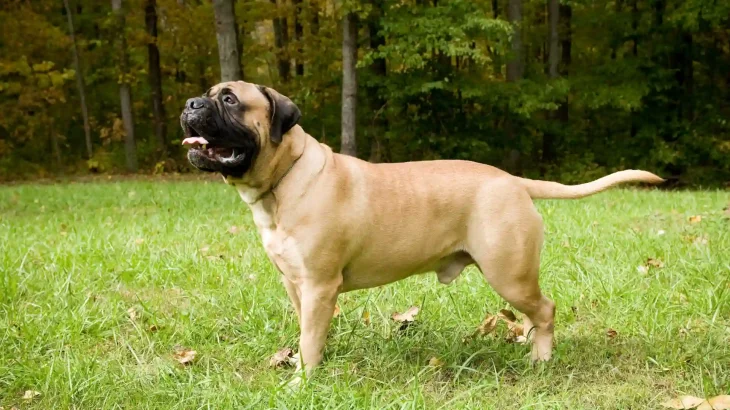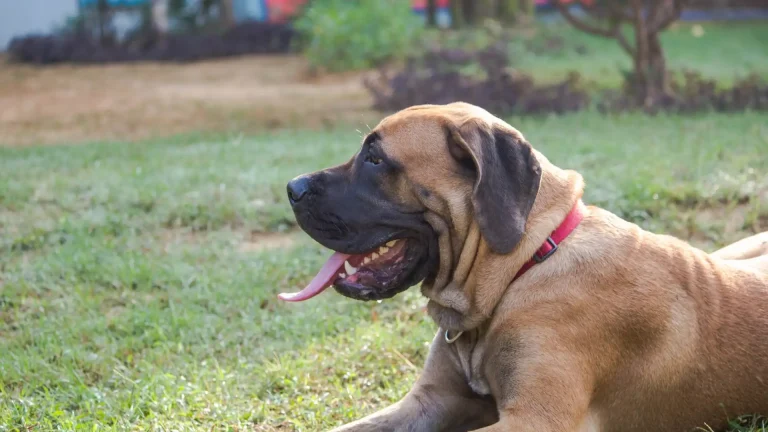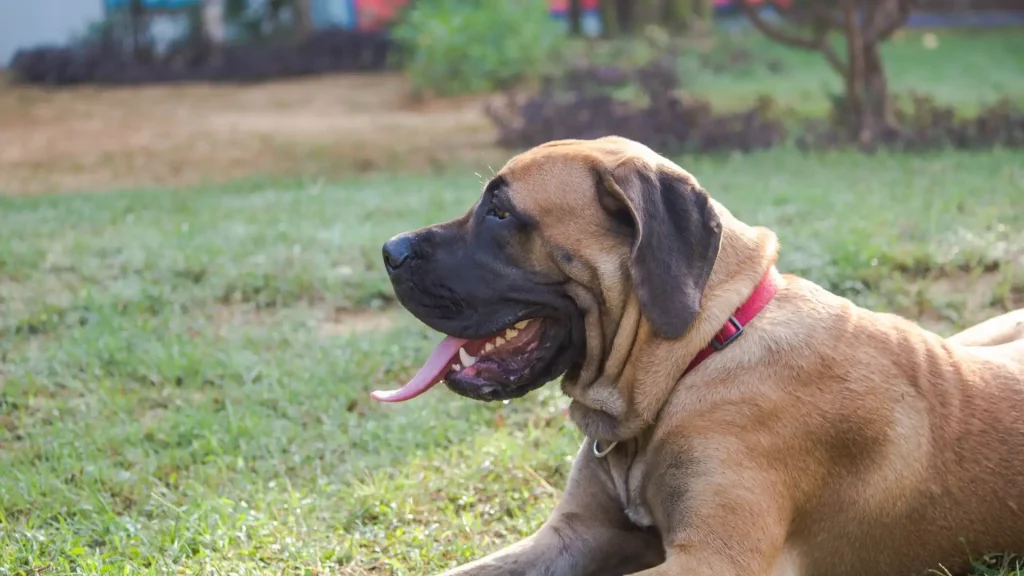Choosing between adopting or purchasing a Bullmastiff puppy depends largely on what you value most: the certainty of pedigree and health or offering a loving home to a dog who may need it. Buying from a breeder typically provides more detailed background on the dog's lineage and genetic health, while adoption can be more budget-friendly and supports animal welfare.
Adoption vs. Breeder: Pros & Cons
| Criteria | Buying from Breeder | Adopting from Shelter/Rescue |
|---|---|---|
| Cost | Generally higher, often ranging from $1,500 to $4,000 due to breed popularity and training. | Lower fees, usually between $100 and $400; includes vaccinations and spay/neuter services. |
| Health History | Comprehensive health screenings and genetic testing often provided. | May have limited or uncertain health history, but shelters typically provide initial health assessments. |
| Age Availability | Mostly puppies, allowing for early training and bonding. | Various ages available, including adults, which might be easier for low-maintenance needs. |
| Temperament Insight | Breeders often share detailed information on lineage behavior traits. | Shelter staff can report on observed behaviors; however, full history might be unknown. |
| Supporting Practices | Supports preservation of breed standards if breeder is ethical and responsible. | Supports animal welfare by providing a home to dogs in need and reducing shelter populations. |
| Ethical Considerations | Important to choose reputable breeders to avoid supporting puppy mills. | Adoption combats overpopulation and promotes second chances for dogs. |

